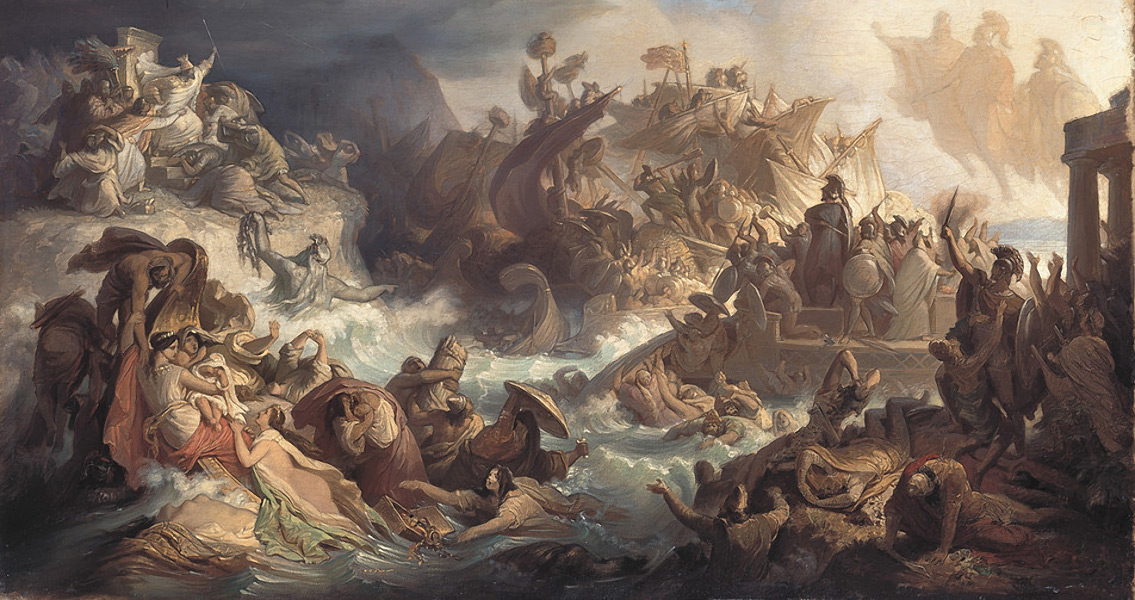<![CDATA[The submerged remains of an ancient Athenian naval base, dated to around 493 BCE, have been uncovered thanks to the work of an international team of underwater archaeologists. The remains of the naval base were found deep within the harbor of Mounichia, used today primarily for fishing and as a berth for yachts. Originally, it was the location of one of the largest building works of ancient Greece, playing a major role in the region’s ability to defend itself from maritime attacks. In an interview with CPH Post Online, Bjørn Lovén, an underwater archaeologist from the University of Copenhagen that was involved in the research project, said that it was a difficult endeavor to say the least. On many days, the harbor’s waters had extremely low visibility – only as far as 20 centimeters in several cases – making working conditions quite poor. However, Lovén remarked that the research team had been ultimately able to not just locate six ship houses but excavate them as well. These houses were used to provide protection to Greek ships from drying out and from being eaten by woodworm. The ships would be pulled ashore and placed within these ship houses whenever they were not being used, the archaeologist added. These ship houses were cyclopean in size, as they needed to be formidable in order to accommodate the large Athenian ships. Beneath the pillars of these houses, the foundations were found to be 1.4 x 1.4 meters wide, sometimes more than 7 to 8 meters high in places, and at least 50 meters long. The revelation of the naval base’s existence is part of a long-running excavation endeavor known as the Zea Harbour Project. The initiative originally saw Piraeus, another ancient Athenian naval base, excavated from 2001 through 2012. Lovén said that the research team has been able to date the ship houses found underwater at Mounichia to between 520 BCE and 480 BCE, or perhaps just slightly earlier. This means these houses could have provided shelter to the Athenian ships that were instrumental in defeating the Persians during the Battle of Salamis in 480 BCE. The famous naval battle was pivotal in stopping the Second Persian Invasion led by King Xerxes. The Battle of Salamis, hot on the heels of the Spartan delaying action at the Battle of Thermopylae (popularized by films such as “The 300”), was a decisive victory for the Greek city-states that had allied against the Persian threat, despite the fact that the Persians had them woefully outnumbered. The Greeks capitalized on the inability of the Persians to maneuver within the Straits of Salamis, which eliminated the Persian numerical advantage. The battle marked the turning point in the war against the invading Persians, as Xerxes retreated to Asia. His remaining forces would be routed the following year, spelling an end to Persian invasion into the Grecian archipelago and paving the way for Greek culture to flourish and influence modern Western history. ]]>
Submerged Ancient Naval Base in Athens Uncovered
